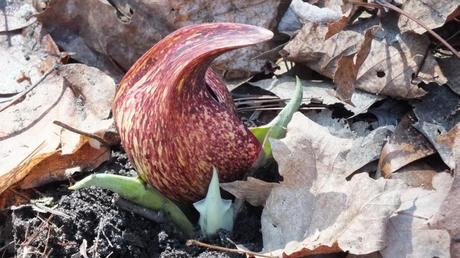
I have lived in Ontario my whole life, and despite trekking through the bush as a child, and doing endless hikes as an adult, this past weekend is the first time that I have ever come across a Skunk Cabbage (Symplocarpus foetidus) plant…lots of them, in fact.
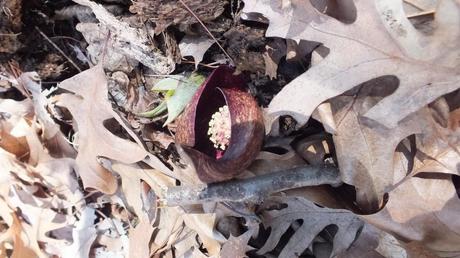
Bob and I were visiting the Arboretum at The Royal Botanical Gardens in Hamilton, taking advantage of some fantastic warm spring weather. There are many different hiking trails at the Arboretum, and it was in a muddy patch at the edge of the Marsh Trail that we spotted some significant new shoots poking up through the dead and decaying leaf matter.
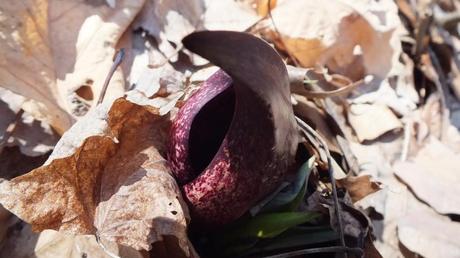
The burgundy and chartreuse coloured “flower” seemed to defy the still partially frozen earth from which it grew, until I learned later that Skunk Cabbage is able to generate temperatures of up to 15-35°C (59-95°F) above air temperature by cyanide resistant cellular respiration. The plant, in effect, melts its way through the frozen ground, making it one of the first spring plants to emerge in the forest.
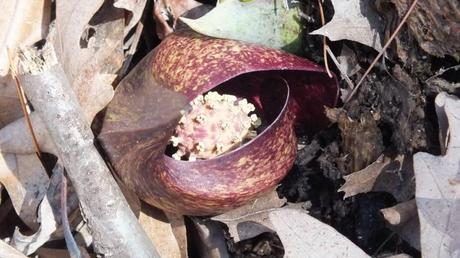
Upon closer inspection, I saw that the flowers of the Skunk Cabbage actually are found within the large burgundy bract, or spathe, that forms a sheath to enclose the flower cluster. The petal-like spathe serves to attract insects to the plant for purposes of pollination.

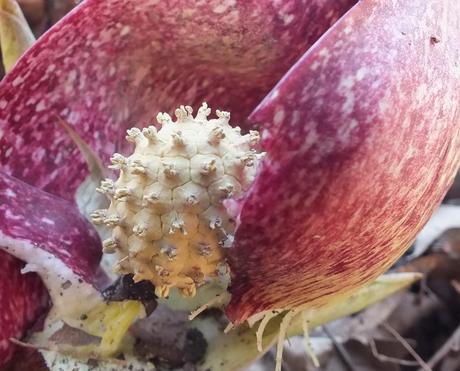
The cluster of tiny flowers is produced within the outer bract on a fleshy spike called a spadix. Even though Skunk Cabbage blooms while there is still snow and ice on the ground, early insects pollinate the flowers when they enter into the spathe seeking the warmth and shelter within the thick bract.
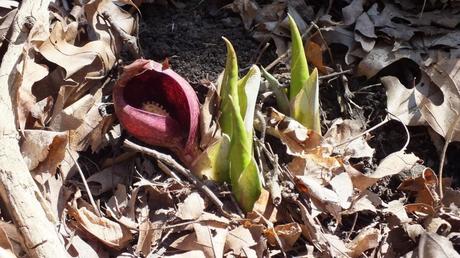
Skunk Cabbage is known by several different names, such as Clumpfoot Cabbage, Meadow Cabbage or Swamp Cabbage, but no matter the name, it is a low-growing, foul smelling plant that thrives in wetlands. Only when the plants’ leaves are broken or torn is the pungent odor released.
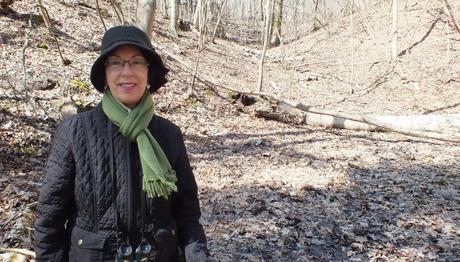
Bob and I found the patches of Skunk Cabbage where meltwater from the winter’s snow had accumulated in a small gully.

Skunk Cabbage has been widely used over the centuries as a medicinal plant. In the 19th century, a drug extracted from the plant was used to treat dropsy, rheumatism, respiratory diseases and nervous disorders. Indigenous people of North America also used the plant as seasoning in soups and stews, but only after the leaves were dried. Because fresh leaves and the roots are toxic, I won’t be using this plant in any of my cooking.

With brilliant March sunlight shining through the fleshy bract, the rich burgundy colour is really enhanced.

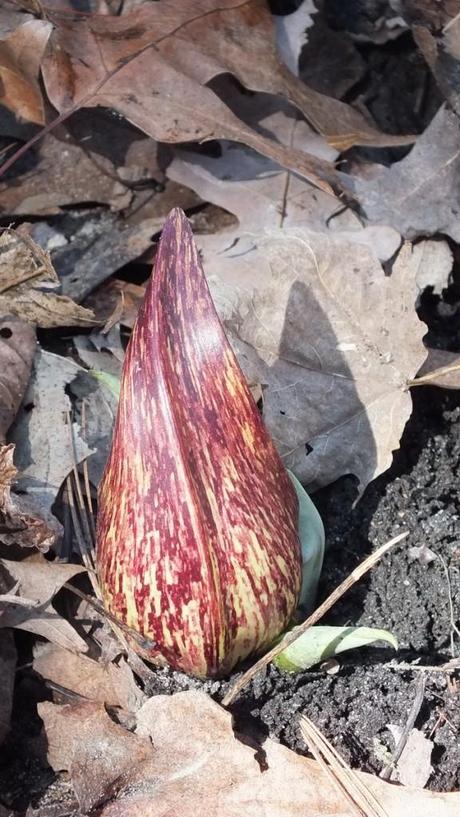
This early in the growing season, the stems of the Skunk Cabbage remain below ground. The broad, flat leaves will emerge later and will grow to a large size…up to 21 inches long and 16 inches wide. Each plant can achieve a breadth of 3 feet, making for a very lush, green clump of greenery on the forest floor. En masse, they would be downright tropical in appearance.
Checkout some of our other Plant and Gardening Posts
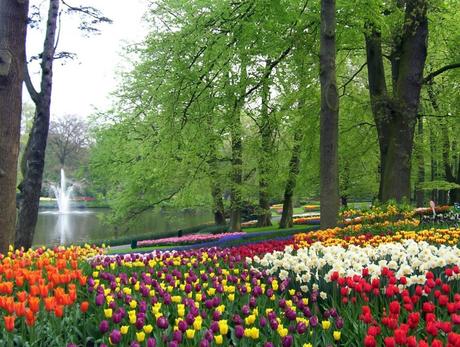
Tulips at Keukenhof Gardens, Holland
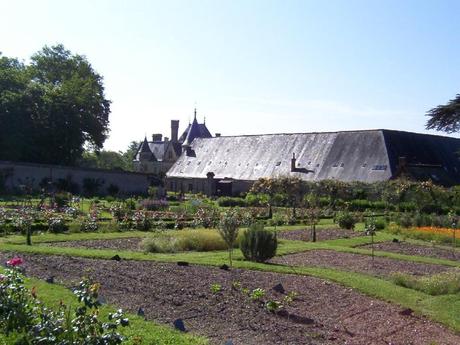
The Award-winning Gardens at Château de la Bourdaisière, France
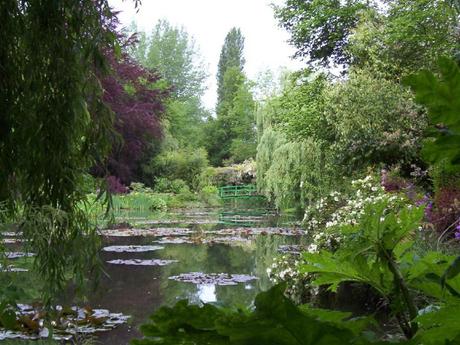
Giverny and the Water Pond: Monet’s Legacy
Frame To Frame – Bob & Jean
Skunk Cabbage Blooming in Cootes Paradise – A Sure Sign of Spring is a post from: Frame To Frame

